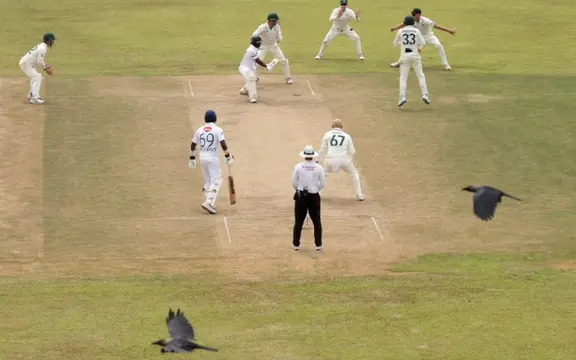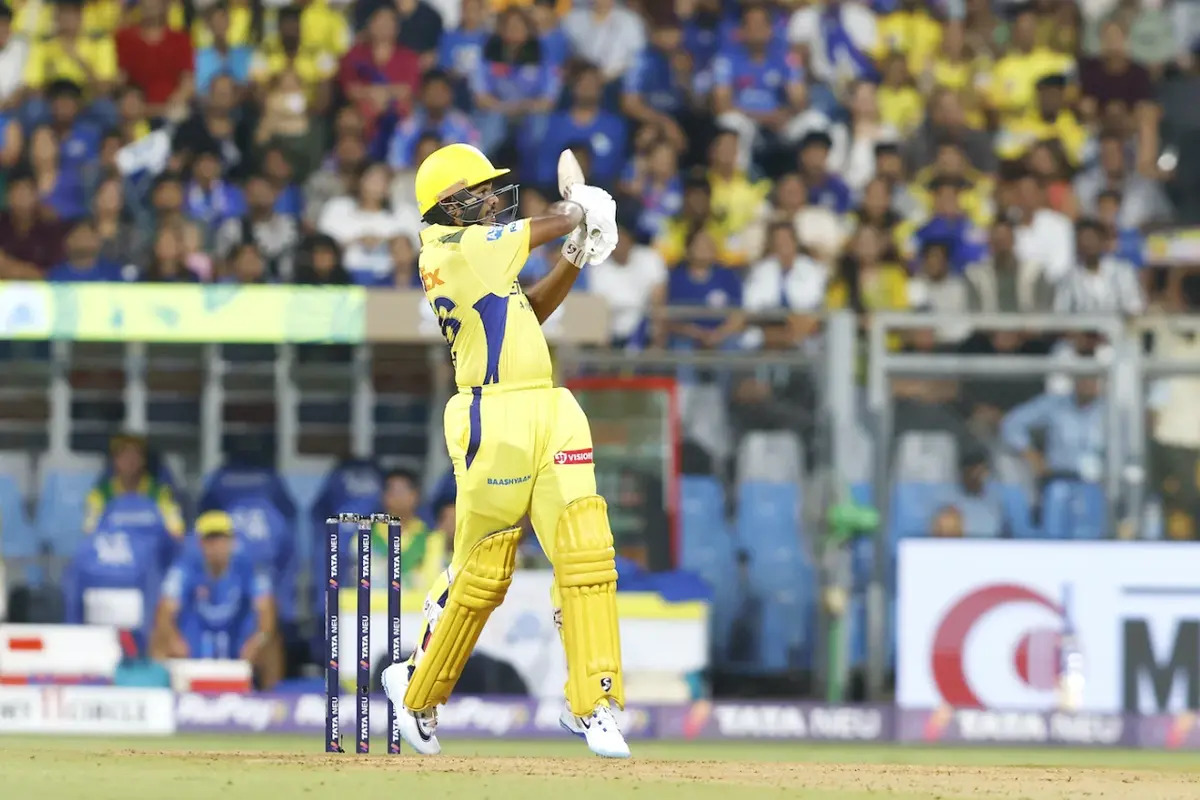On Saturday, February 1, Sri Lanka lost the first Test match at Galle to Australia, their greatest Test cricket defeat to date. Their head coach, Sanath Jayasuriya, was dissatisfied with the defeat, which came by an innings and 242 runs. In his appraisal of the issue, he questioned the batters’ situation awareness and shot selection.
In the opening inning, the home club gave up 654 runs. They were bowled out for 165 in response. Although the Lankans performed far better in the second innings (247) and Australia enforced the follow-on, the visitors were not obliged to bat again. Given that his seasoned hitters have dealt with a variety of circumstances in the past, Jayasuriya anticipated that they would perform well.
“Shot selections and situational management were both seriously flawed. Some players, in my opinion, have not handled things well. They need to be more mature because they are seasoned athletes. These players ought to be skilled because they have played a lot of cricket. I have discussed this with them. However, we must now have a detailed conversation with them about this,” Jayasuriya told the media.
Sanath Jayasuriya noted that the inability of the hitters to turn starts into significant runs was the main issue.
He cited the example of the opposition batters who went on to score hundreds, including Steve Smith (141), Josh Inglis (102), and Usman Khawaja (232). Jayasuriya emphasised that his squad should have been able to benefit from the conditions because they were far more familiar with them.
“The batters who are starting but won’t be playing for long innings are the main issue. I always mutter something like this. We watched Steven Smith, [Josh] Inglis, and Usman Khawaja; they all got off to a strong start and converted them to massive hundreds. There must be this conversion. In that regard, we are inconsistent. It is important for our players to understand that these are our conditions, and we must utilise them. Jayasuriya continued, “There were several opportunities, but we didn’t take use of them.




